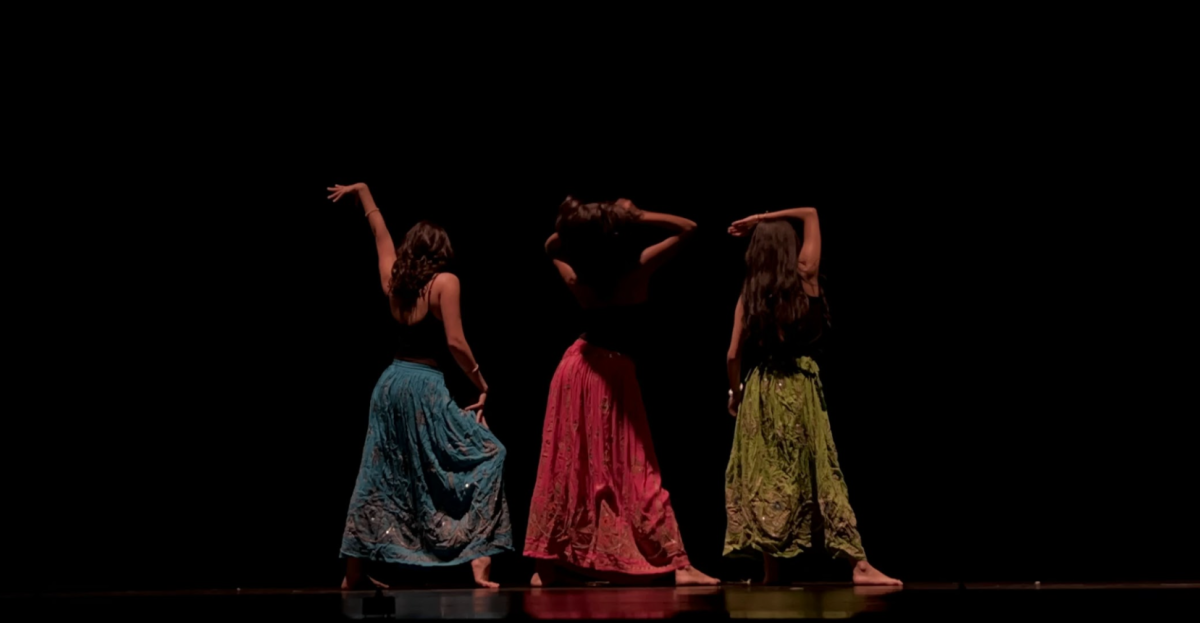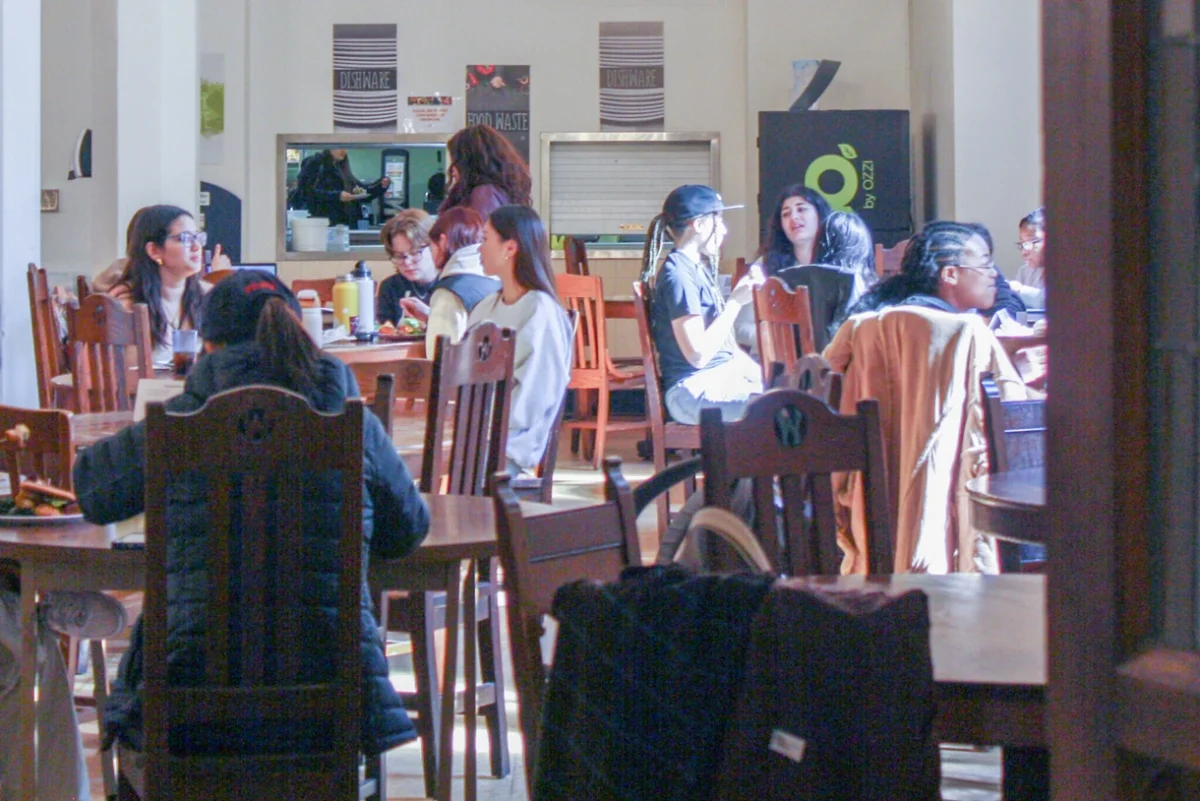On Feb. 14, Wellesley hosted a talk by Laura McPhee, a renowned American photographer. The talk was held in Collins Cinema and followed by a lavish reception, during which the audience was invited to engage with McPhee.
McPhee was born in Manhattan and grew up in New Jersey. After earning a BA from Princeton University and an MFA from Rhode Island School of Design, she started as a professor at the Massachusetts College of Art and Design. McPhee is currently exploring the desert west of the US and is best known for her works that capture complex stories about nature, geology and humankind. McPhee has won numerous awards for her work.
Before discussing her works, McPhee acknowledged the importance of her former teachers.
“I want to acknowledge how much they meant to me,” McPhee said.
McPhee also emphasized how her family — especially her grandmother — played a key role in influencing her work.
“The world of our fathers resides within us,” McPhee commented.
McPhee then explained how she first started photographing her family in New Jersey. After she accompanied her father on a trip to Iceland, she was fascinated by the turbulent and dynamic landscape of the country. She later returned to Iceland with her college friend to photograph the place and eventually found her calling in landscape photography.
After a few years, McPhee was offered a residency in rural Idaho. As someone who had grown up in New Jersey, McPhee was initially hesitant about the offer, but she eventually decided to take up the challenge. Being from a populous place, Laura was shocked at the issues that were dividing the mere 100 people that lived in the place she was documenting — mining, logging and dams. In fact, a lot of this division had to do with land management. McPhee attempted to capture her observations in her work. She also studied how climate change disrupted adult salmon activities and attempted to capture this in her photography. Thus, McPhee attempted to raise awareness about key social issues and told important stories through her work.
Commenting on McPhee’s works, audience member Ahana Basu ’25 said, “I find [McPhee’s] connection to land and how she showcases it to be really intriguing. There’s a sense of danger as well as beauty in her work. Capturing those two feelings in a singular picture is incredibly challenging, but she makes it look effortless.”
At one point in her career, McPhee was introduced to a local family including a young girl named Maddie, who eventually became the protagonist of McPhee’s work. McPhee displayed a picture of her holding birds, which was emblematic of her grandmother — a girl born in the West at the dawn of the 21st century. This has eventually become one of McPhee’s most popular works.
One of the main themes that McPhee discussed was the role of language in her works. She argues that her work encompasses a visual way of naming things.
“I am in love with language and think about my work [in relation to] language,” McPhee said.
McPhee also acknowledged how a photograph of something benign often has a deeper meaning to it.
“Visual cues are at odds with the facts [and reality of the situation],” McPhee said.
Fire is another important subject in her works, as fire remains significant in the West. McPhee has worked extensively with her colleagues to create an immersive experience on fire. McPhee recalled how she witnessed a man accidentally start a fire before leaving the valley she was observing. The fire burnt down thousands of acres, and it took millions of dollars to put it out. After witnessing the aftermath of the fire, McPhee suddenly observed (and began to analyze) a garden that had formed that didn’t exist before.
“[I found] a metaphor about loss and the regeneration power of the life cycle,” McPhee said.
McPhee’s talk ended with a long applause.
Reflecting on the talk, Basu said, “I loved her talk. It’s clear from her work that she really cares about what she chooses to photograph and puts a lot of time and energy into it.”







